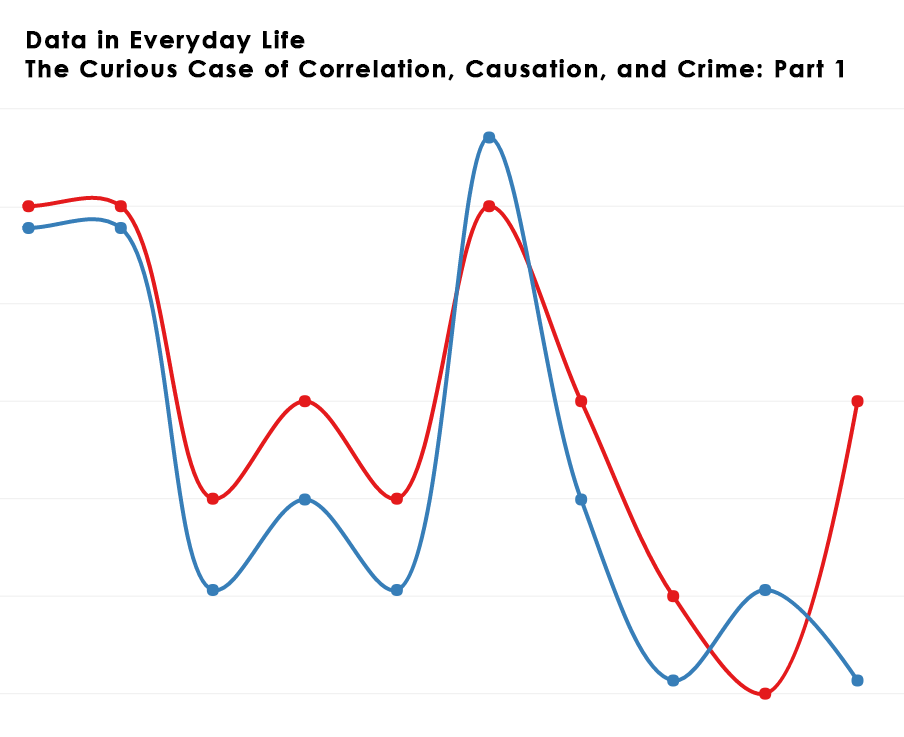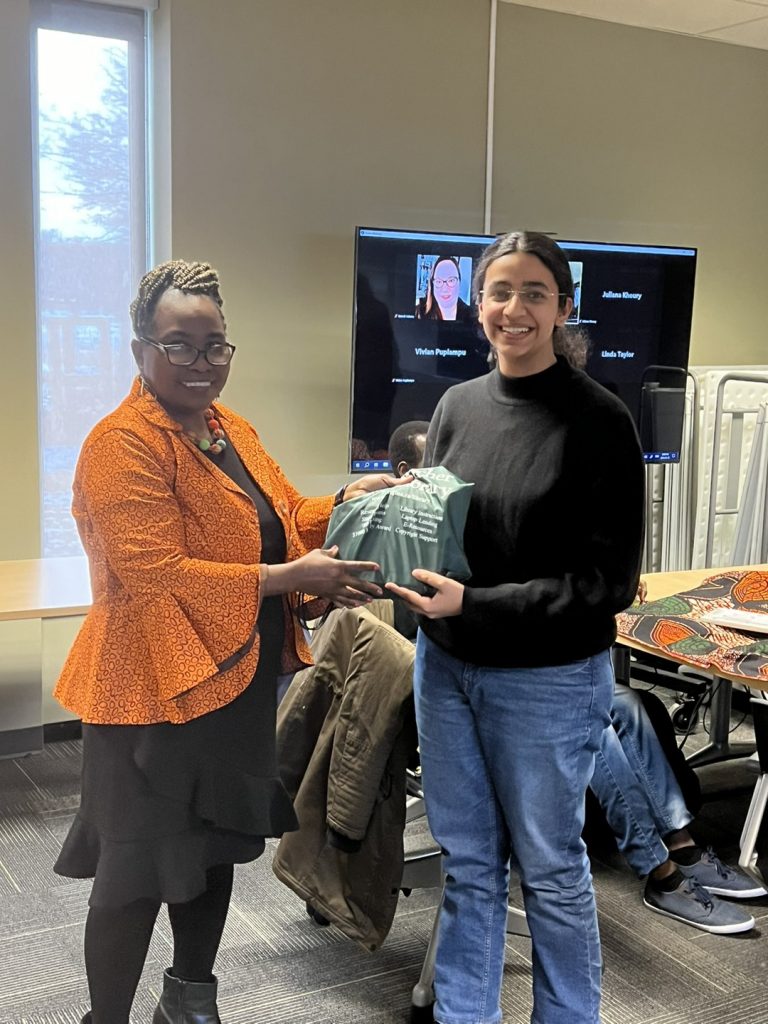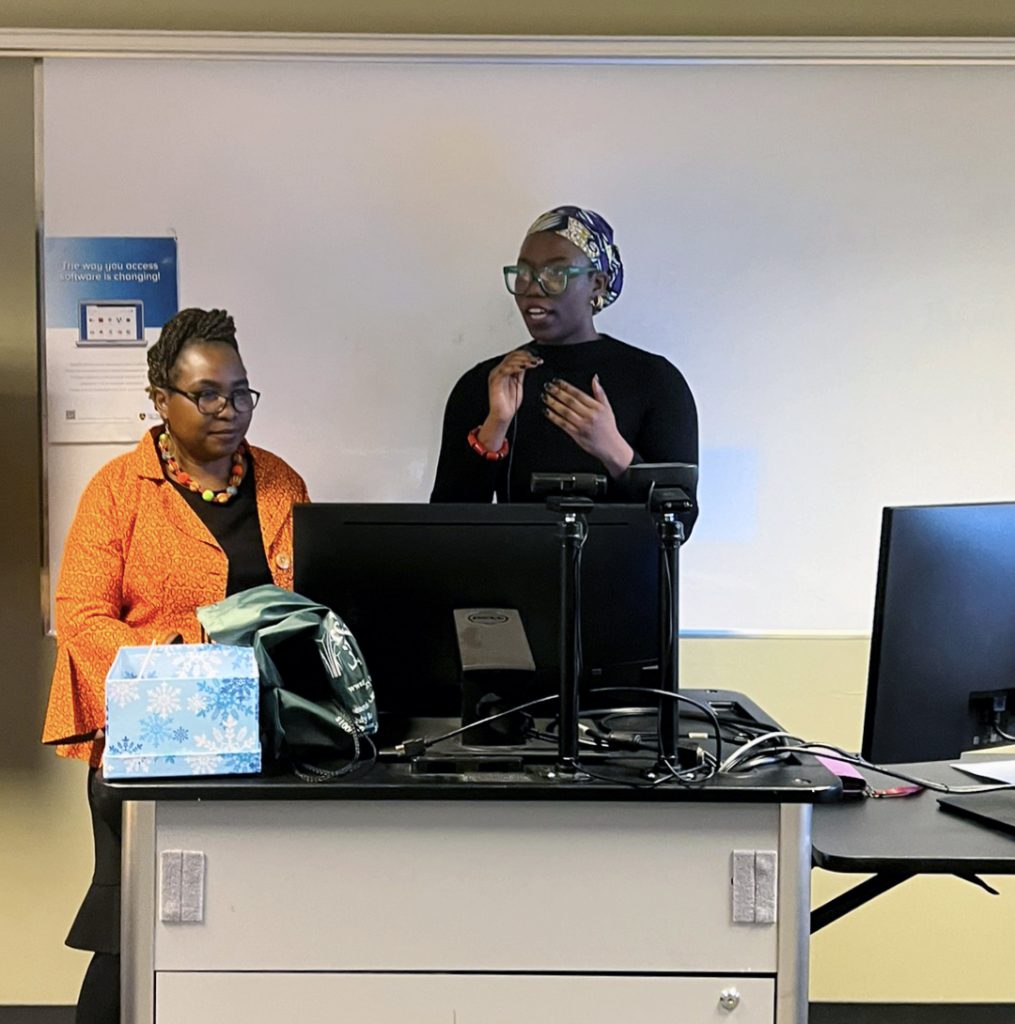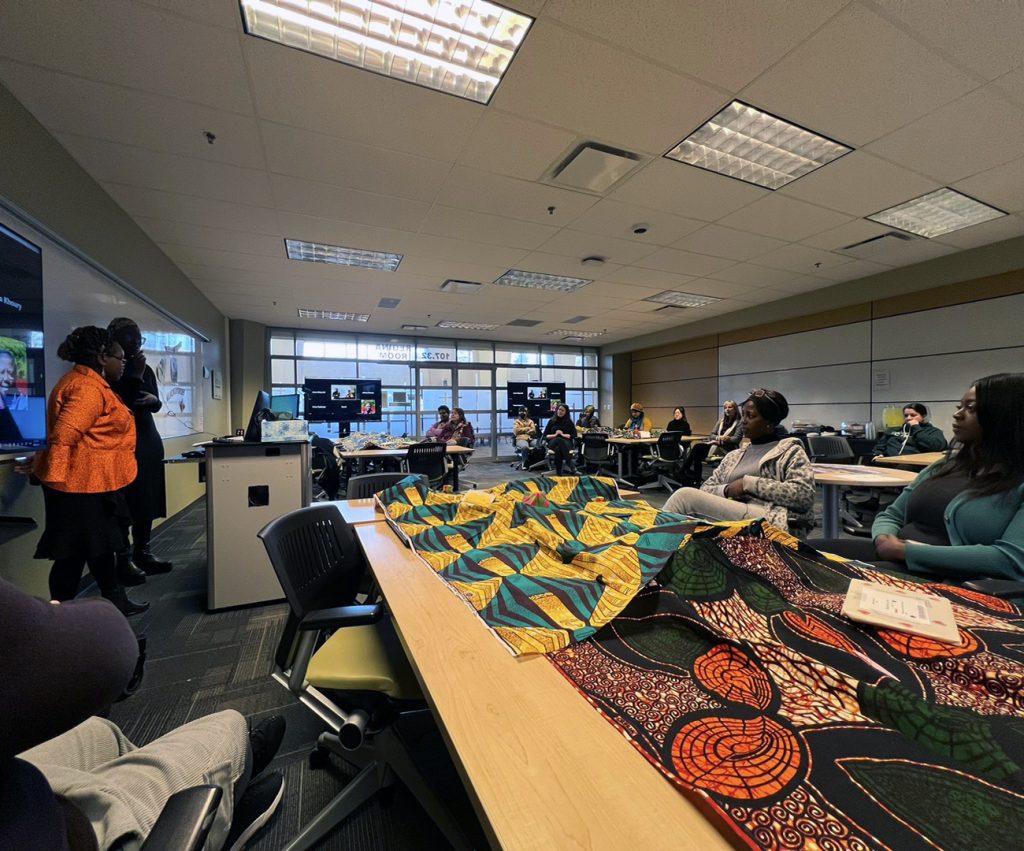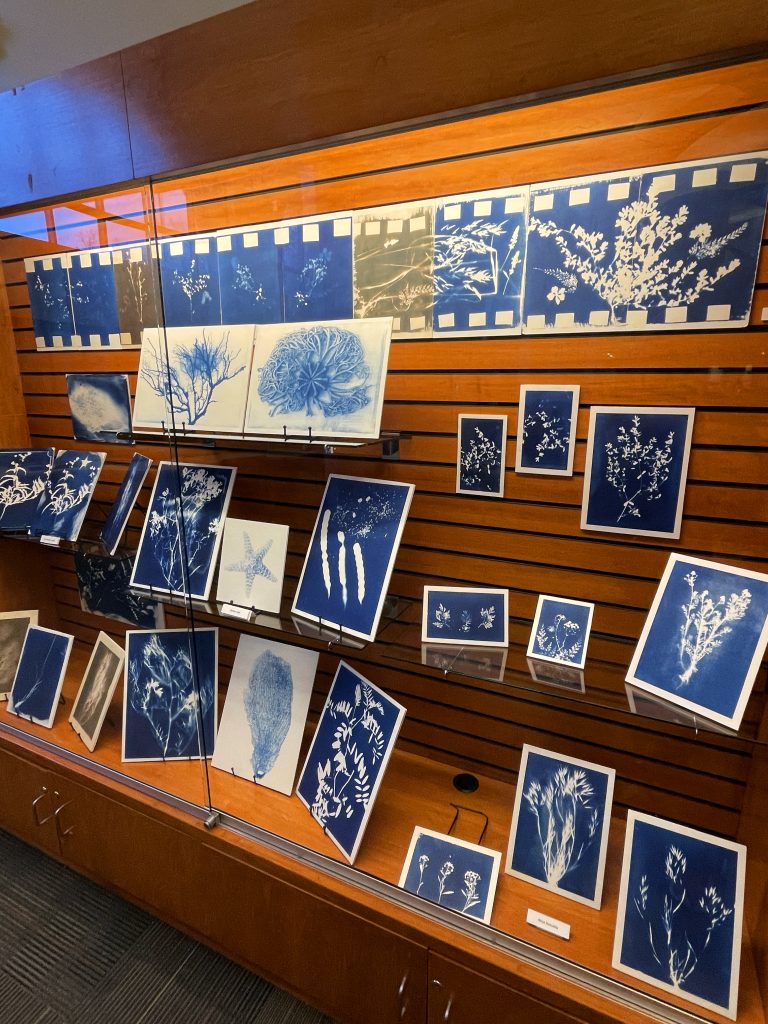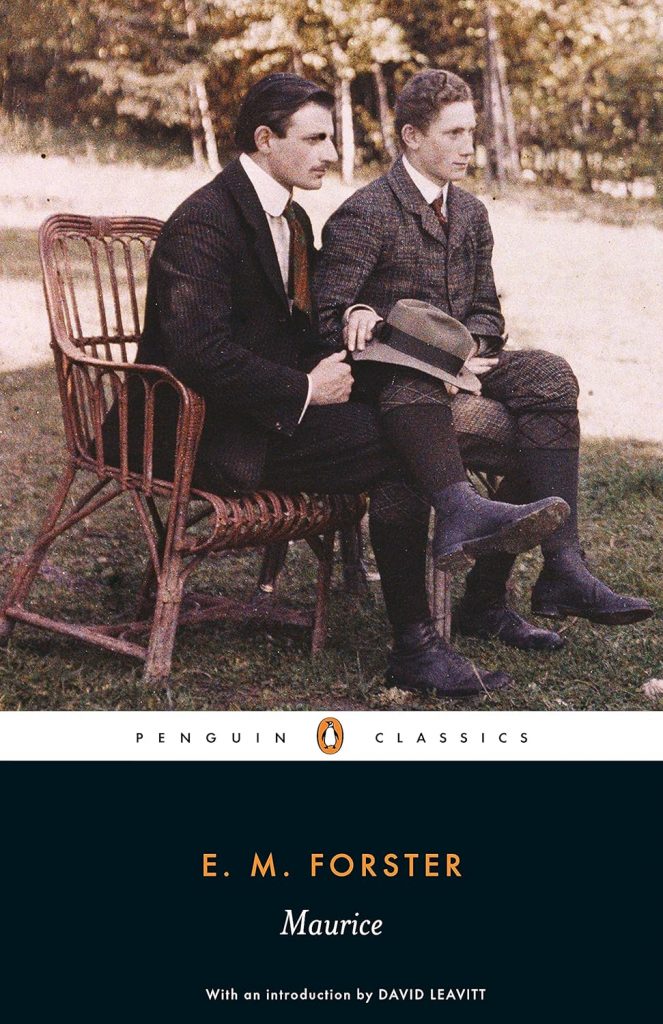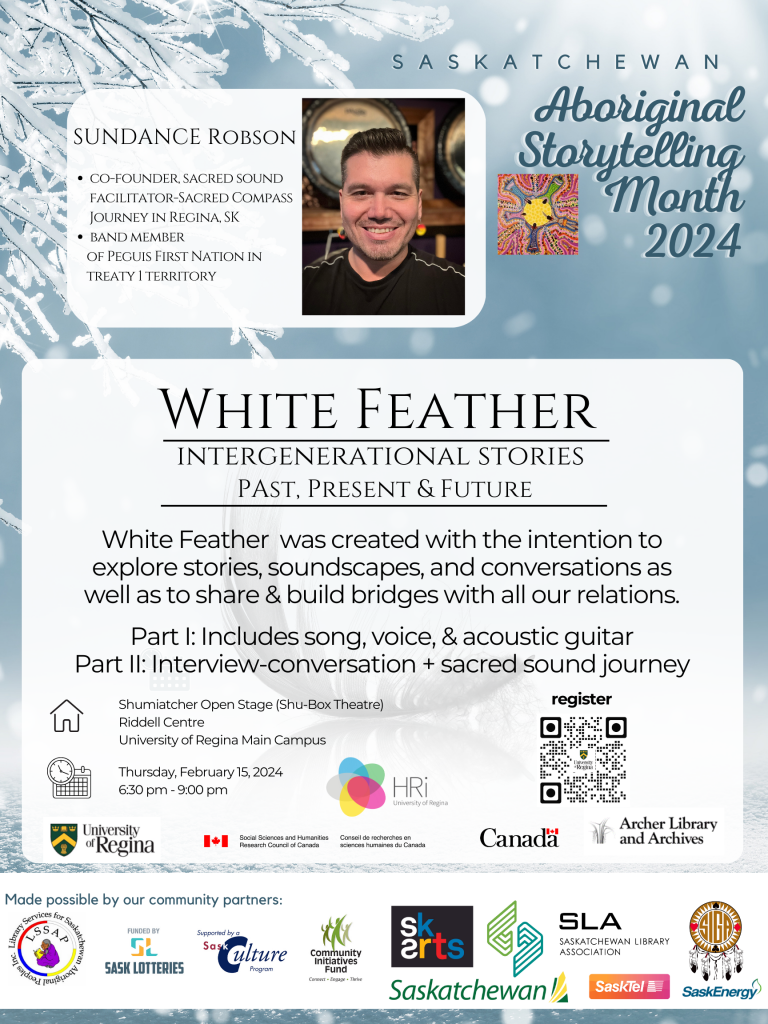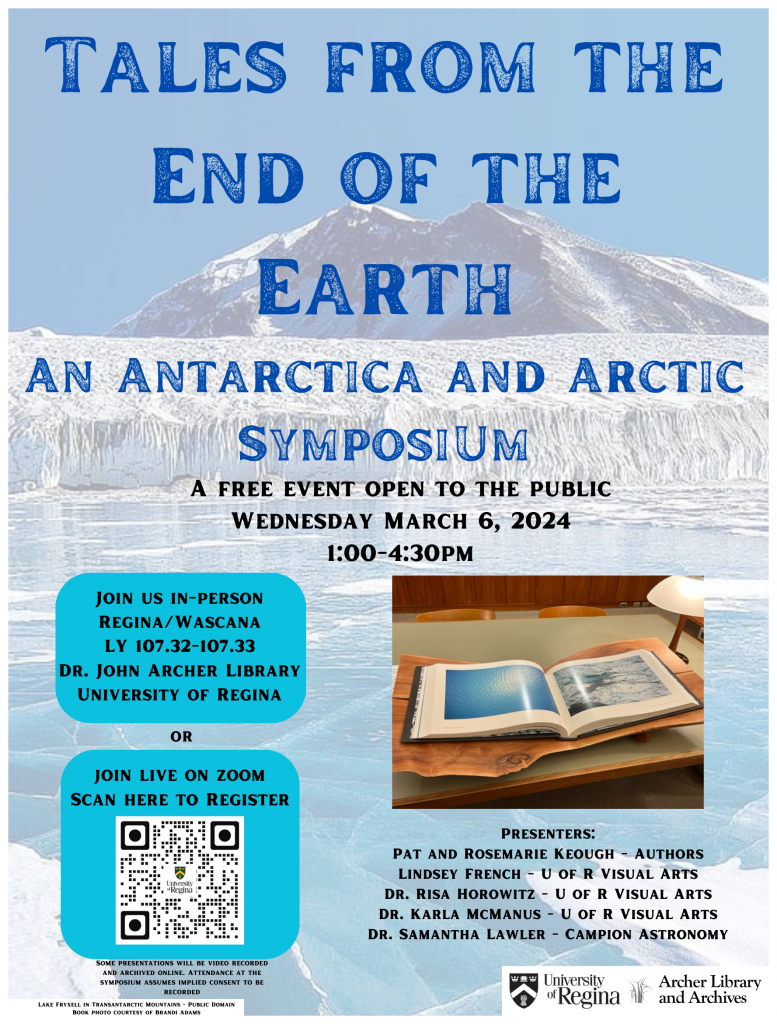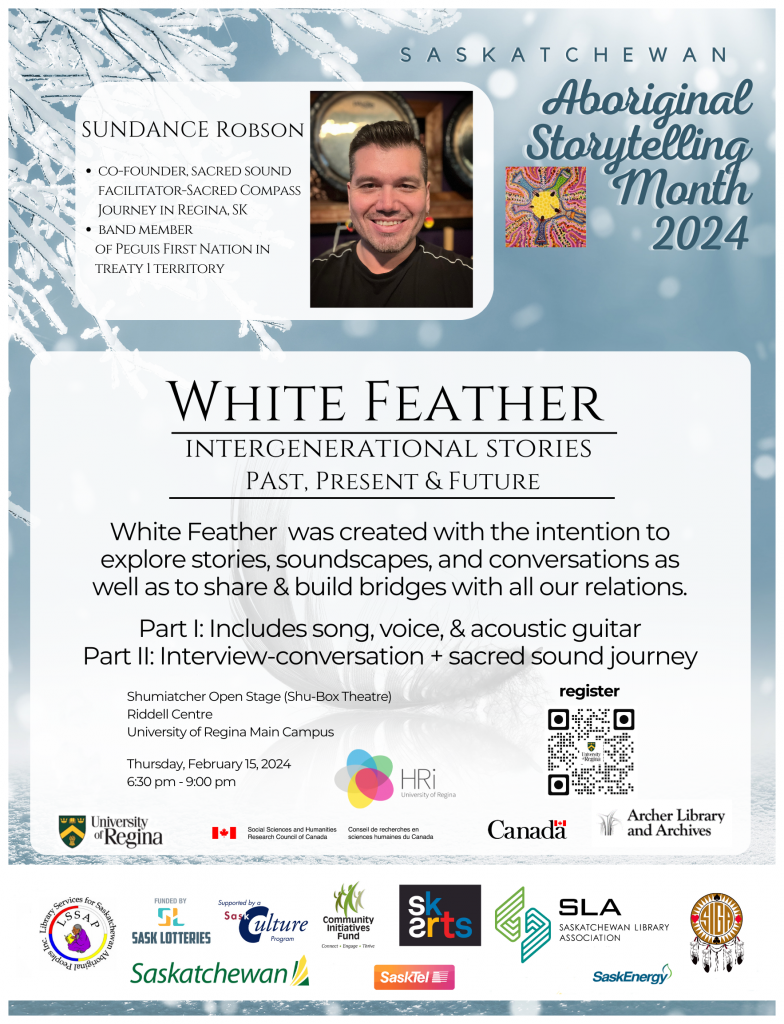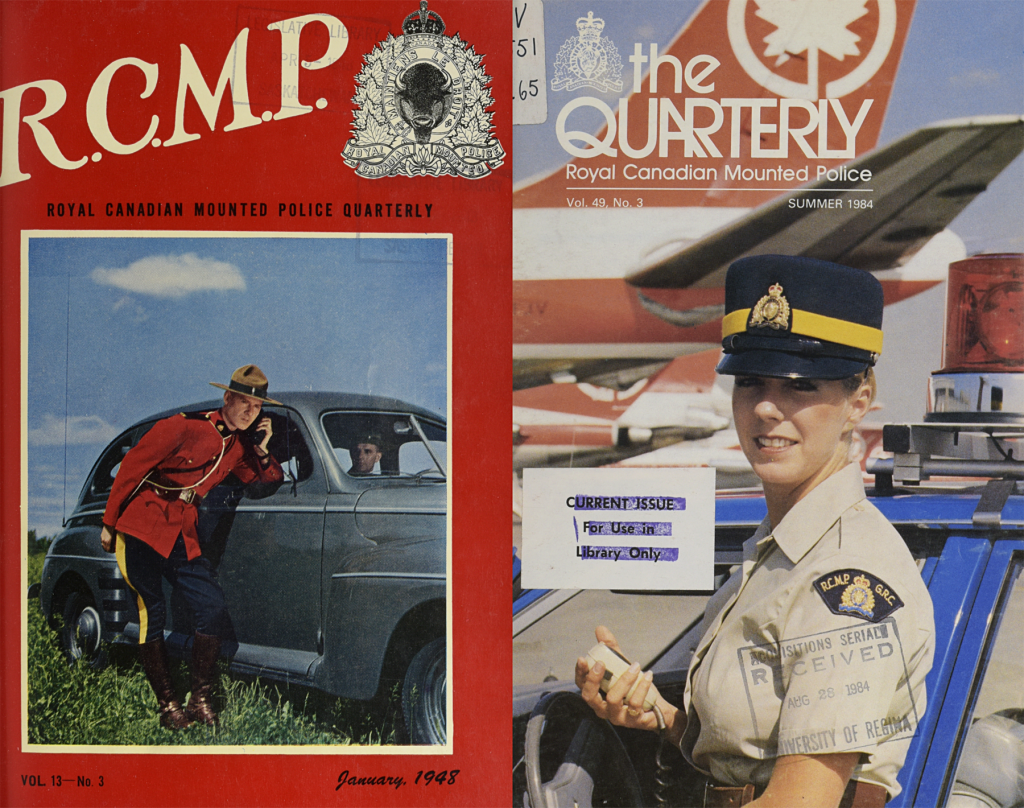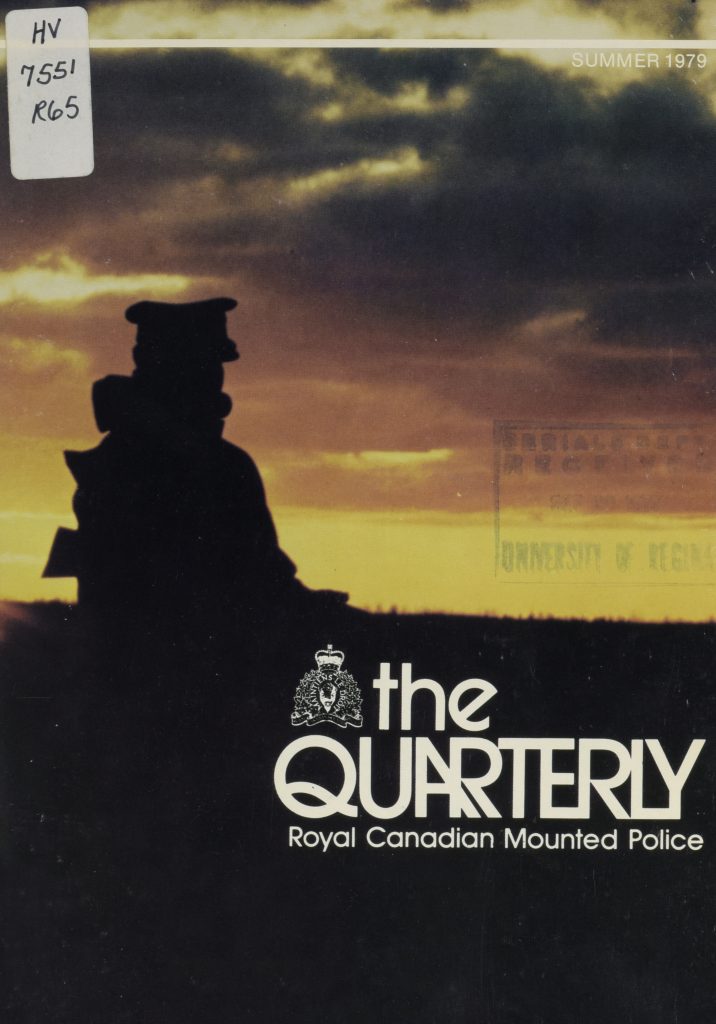– by Kaetlyn Phillips
Recently, I was on vacation where I listened to the excellent podcast “If Books Could Kill,” specifically their episode on the book The Better Angels of Our Nature by Steven Pinker. The book, published in 2011, explores why violence has decreased worldwide over time and posits reasons for why the decline has occurred. The book suggests that violence decreased as humans (although his work focuses primarily on Western Europe and western/colonial worldview in North America) became more empathetic through exposure to education, democracy, wealth, and social norms. The podcast discusses valid critiques of the book and most importantly discusses why it is difficult to discuss how and why societies change. It’s worth a listen.
Looking beyond the book, what stuck with me is the general messiness of trying to determine historical cause and effect. In short, explaining past historical change is incredibly difficult because we cannot clearly explain causation, as there are often multiple factors and variables that influence the change. As well, there are also numerous correlations and it’s difficult to determine how much influence the correlation had on the historical change.
A quick review. When we consider causation, we are looking at the relationship between cause and effect and trying to identify how variables influence outcomes. Through experimentation, we can determine causation by isolating a specific variable and measuring the effect on another variable. If we have too many variables, we can’t determine causation because we don’t know which variable is causing the outcome and the strength of the variable. So, instead we have correlations, which measure the relationships between two variables. We can’t determine cause and effect, but we can determine the strength of the relationship between the two variables. There’s a lot of experimentation and data analysis required to determine causation and there’s specific formulas to measure correlations.
But, here’s the thing, humans are hardwired to identify patterns, are superstitious, have loads of biases and worldviews influencing our thoughts, and generally like simple explanations for complex issues, so it’s easy for us to think two variables are in a causal relationship when they are, in fact, a correlation. The other issue is properly studying a large cultural trend often requires time and distance from the trend to properly get the scope of factors. As more time goes by there’s potential data loss, we need to consider the data collection methods (the eternal question of “Who is being counted and why?”), and determine potential biases.
So with that in mind, let’s look at one of the example from recent history: the Crime Drop of the 1990s. The U.S., Canada, Western Europe, Australia, and New Zealand all reported large drops in violent crimes throughout the 1990s. I’m going to cherry pick my three favourite theories for the Crime Drop and in Part 2 of this post, we’ll look at why these theories are an appealing explanation, but also why they don’t work as stand alone theories. If you’d like detailed resources on all the theories, check out these articles (these are focused primarily on the American crime drop):
- Dara Lind and German Lopez, 16 Theories for Why Crime Plummeted in the US, Vox Media
- Steven D. Levitt, Understanding Why Crime Fell in the 1990s: Four Factors that Explain the Decline and Six that Do Not, Journal of Economic Perspectives
- Graham Farrell, Nick Tilley, and Andromachi Tseloni, Why the Crime Drop?, University of Chicago Press
Theories to be discussed in Part 2:
- The Lead Reduction Theory – Starting in the 1970s, more efforts were made to reduce the amount of lead in gasoline, paint, and water pipes. Lead exposure is pretty dangerous to humans (here’s a great video from YouTuber Veritasium on the dangers of lead exposure) and is known to cause cognitive decline and increase aggressive behaviour. The reduction of lead exposure in children born after 1975 (said children hitting the peak age for criminal behaviour in the 1990s) would mean they had better cognitive function wouldn’t have wanted to commit crimes.
- The Abortion Theory – In 2004, Steven D. Levitt (author of Freakonomics) proposed that access to legal abortions in the 1970s in the US meant that less unwanted children were born and less children were exposed to neglect, abuse, or poor environments; therefore, less children would be exposed to environments and conditions that correlate with criminality.
- The Technology is Keeping Us Inside Theory – New technologies including televisions, gaming consoles, cell phones, and the internet mean more people are staying inside for entertainment purposes; therefore, creating less potential victims and offenders on the street.
